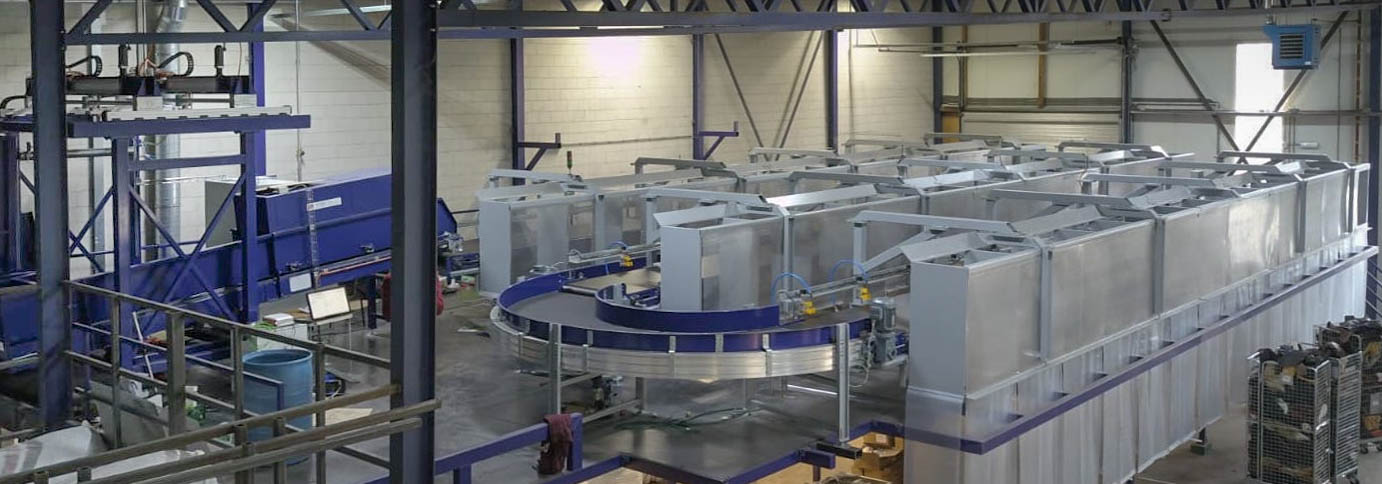The Fibersort consortium has presented the market ready Fibersort machine to the industry; a cutting edge automated sorting technology that revolutionises textile to textile recycling of post-consumer textiles.
The mountain of used textiles keeps growing
The accelerating consumption and disposal practices in fashion cause textiles entering the market to reach their end-of-use rapidly. In North-West Europe alone, around 4,700 kilo tonnes of post-consumer textile waste is generated every year, a small portion of the global mountain of textile waste. On average, only 30% of these textiles are collected separately- the rest is lost within household waste. In the best-case scenario, these textiles are sold in the second-hand market both locally and internationally. The remaining textiles are considered non-rewearable textiles due to their unsuitability for the second-hand market or the market saturation that second-hand clothing is currently facing. Almost all of these textiles are currently being downcycled, incinerated or landfilled. Nevertheless, 24% of the textiles collected have the potential to be recycled into new textiles, but currently are not. These textiles represent 486 kilo tonnes per year, equivalent to the weight of 50 eiffel towers!
Automated sorting technologies could enable the industry to turn non-rewearable textiles that currently have no other destination than downcycling, landfill or incineration into valuable feedstock for textile-to-textile recycling. One of these technologies is the Fibersort, a Near Infrared (NIR) based technology able to categorise textiles in 45 different fractions based on their fibre composition and colour. Over the past years, the technology has been optimised, tested and validated to prepare it for commercialisation. The Fibersort is now able to sort ~900 kgs of post-consumer textiles per hour.
Fibersorted materials are ready for the market
The success of the technology is highly dependent on the end-markets that help transform textile waste into new resources. The Fibersort project partners Circle Economy, Valvan Baling Systems, ReShare, Procotex, Worn Again Technologies and Smart Fibersorting have worked with industry stakeholders to better understand these end-markets, assess the potential of the sorted materials and validate the business case of automated sorting as a key enabler of textile-to-textile recycling. Results from these activities are available through project publications and Fibersorted materials are now commercially available for other organisations to test their potential for textile-to-textile recycling.
Challenges remain ahead – what can be done?
There are clear opportunities to successfully integrate automated sorting technologies and recycled post-consumer textiles across the value chain. Over the past years, innovation has spurred across this sector of the industry. However, several challenges remain to ensure the long-term implementation of these technologies in relation to financial and technical feasibility as well as the opportunities to scale. Collectors, sorters, recyclers, manufacturers, brands and policymakers have both opportunities and responsibilities to address these challenges. Although the Interreg NWE Fibersort project reaches its ending date in March 2020, the partners in the Fibersort consortium expect to continue working towards this circular ambition, as well as encouraging others to join the journey.
The fibersort consortium partners are Leger des Heils ReShare, Smart Fibersorting, Procotex Corporation, Valvan Baling Systems and Circle Economy.










